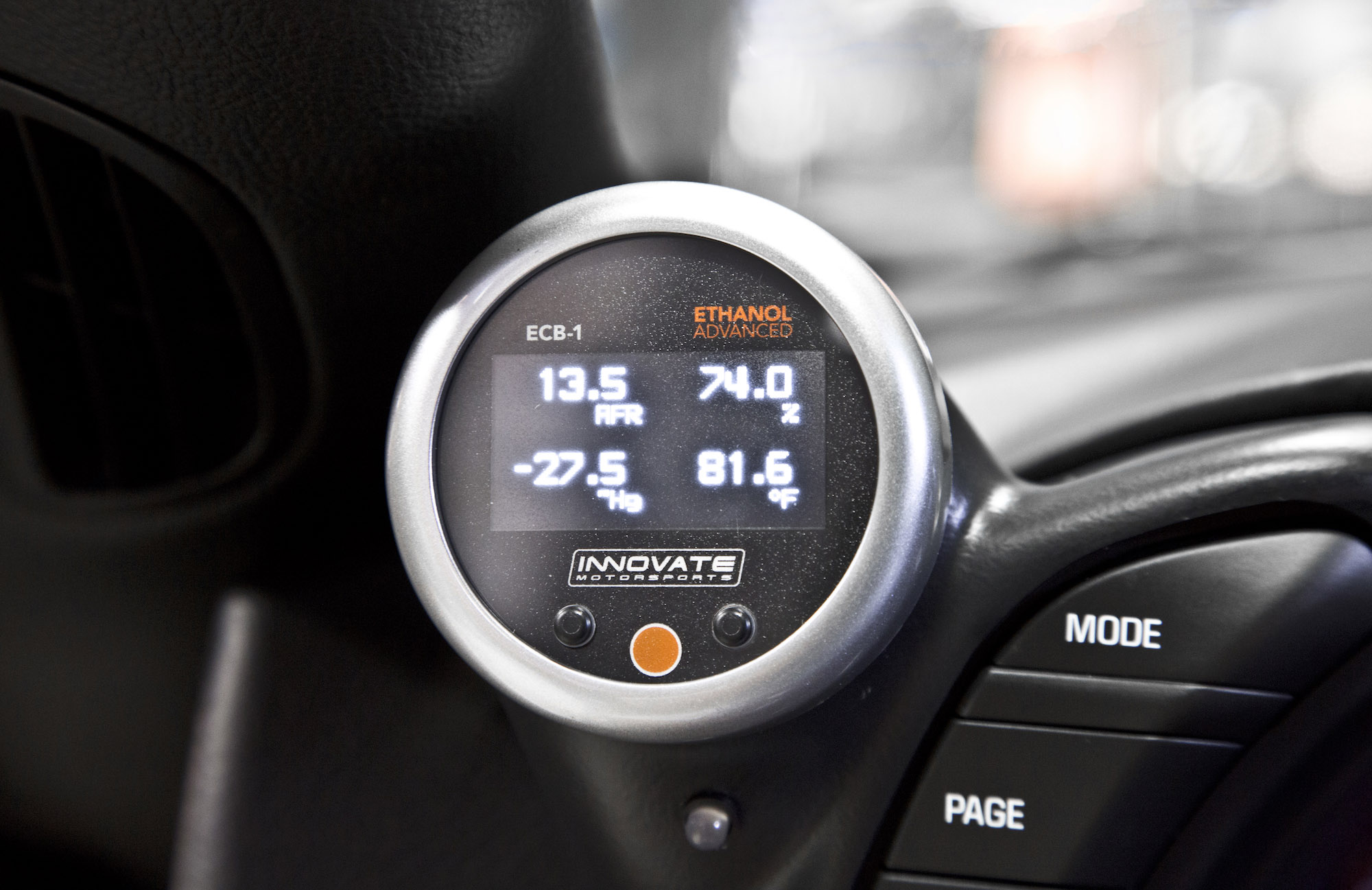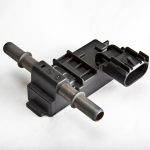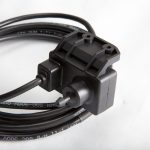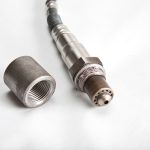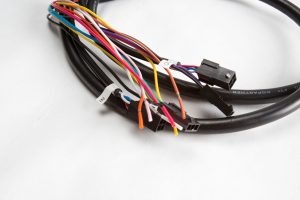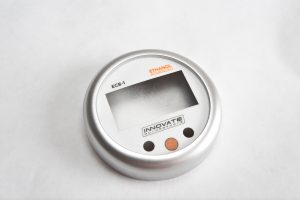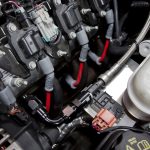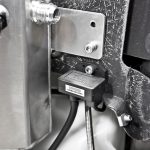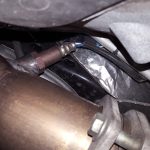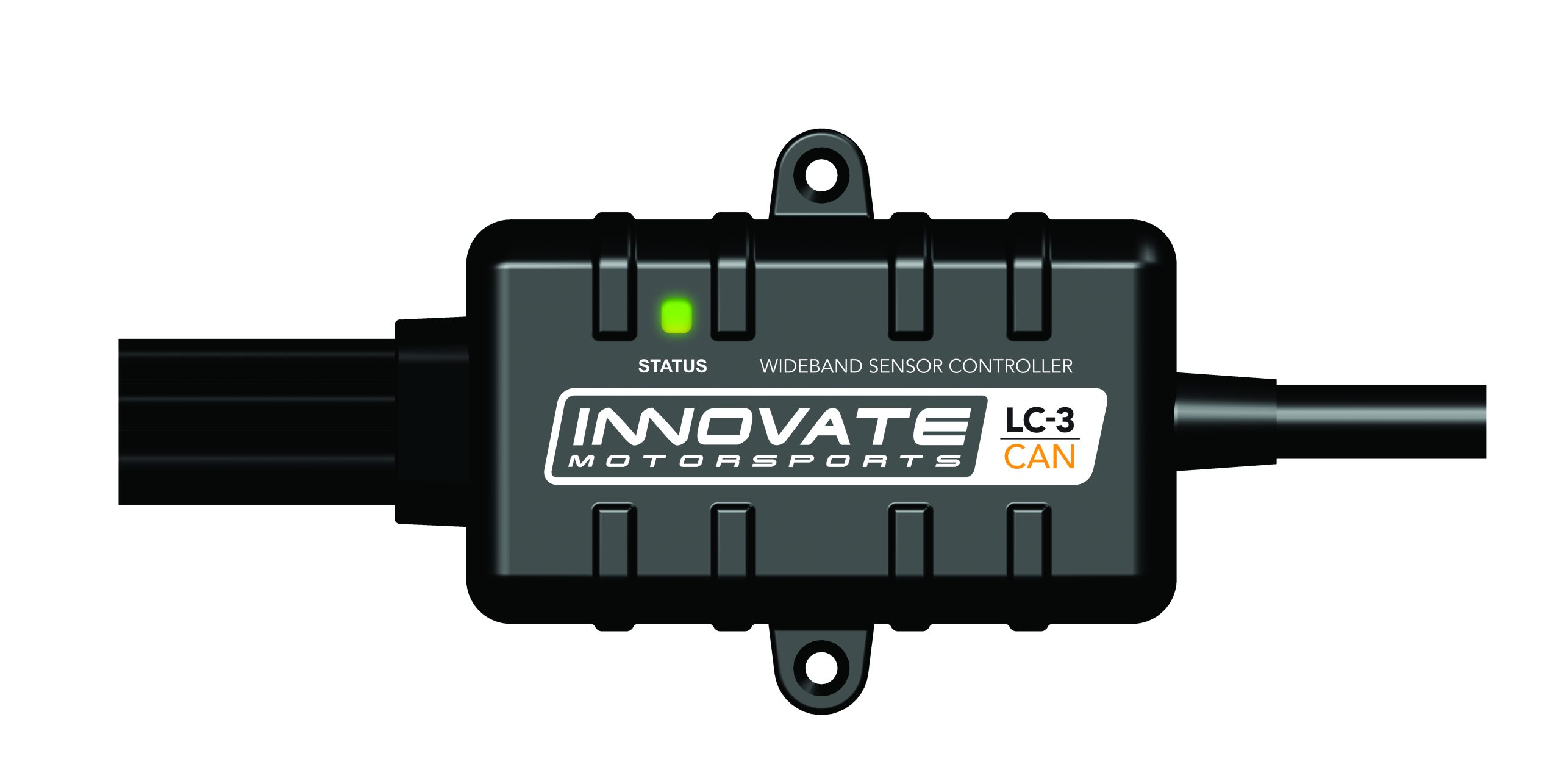Ethanol content fluctuates wildly when you fill up. If it’s too low, it could be like running an 87 octane tune. We show you how to keep your content in check.
MmmmmMmmmm. Catch a whiff of that 170 proof. Although the Feds have deemed alcohol that potent unsafe for human consumption, engines love it, especially those with an appetite for pressurized air molecules. With an octane rating of well over 100, the cooling properties of an alcohol-based fuel and a price tag 10-30 cents per gallon cheaper than regular 87-octane gasoline, E85 is an enthusiast’s dream come true. However, that dream can quickly turn into a nightmare if your engine’s boost and ignition timing curves are tuned for E85, but the stuff coming out the pump is actually E51. Can you say kablammo?
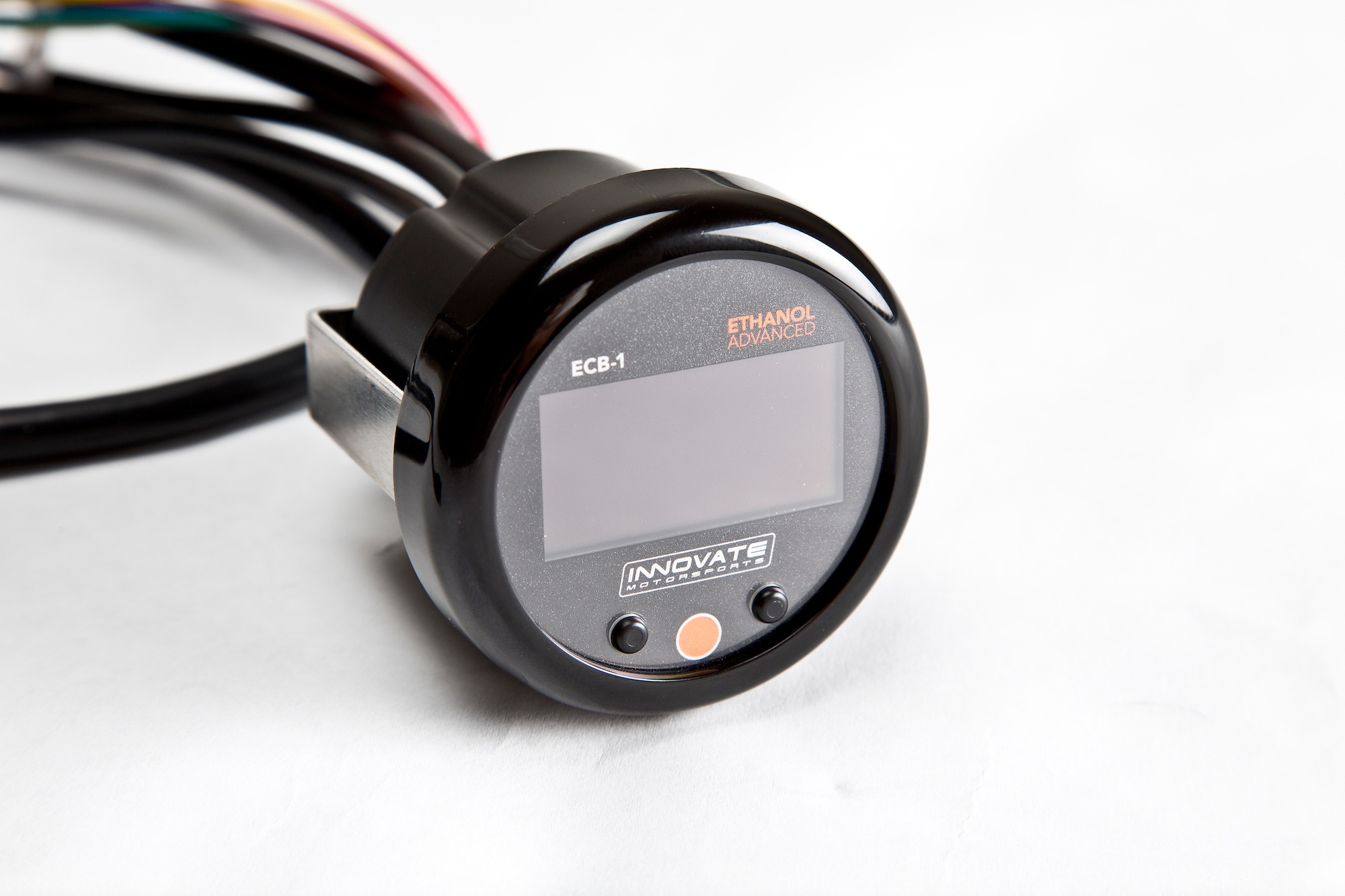
What the world needs is a better way of measuring ethanol content. The problem stems from E85’s rather ambiguous labeling. In theory, an E85 blend consists of 85 percent ethanol, and 15 percent gasoline. In practice, however, ASTM International standards allow fuels with as little as 51 percent ethanol content to carry the E85 label. That’s because ethanol requires nearly twice as much heat to vaporize as gasoline, which can make cold starts difficult during winter months. Allowing refineries to increase the gasoline content in an E85 blend improves cold-start performance.

That flexibility in labeling isn’t a big deal for the average commuter simply seeking a greener alternative to gasoline, but it’s terrible—make that horrific—for enthusiasts that rely on E85’s high octane and cooler inlet air temps to push the limits of boost and ignition timing. The problem is further compounded in flex-fuel applications that often switch between pump gas and E85. Those few leftover gallons of pump gas in the tank can seriously dilute ethanol content when mixed the next time you fill up with E85.
The only way to know exactly what your engine is burning is to measure the ethanol content of what’s actually in the fuel tank. Since ethanol absorbs water, measuring ethanol content can be as easy as filling a graduated vial with water and E85, which in turn separates the gasoline from ethanol. However, in an era where you can tune your motor with a smartphone via Bluetooth, who the heck wants to deal with such a crude measuring technique?
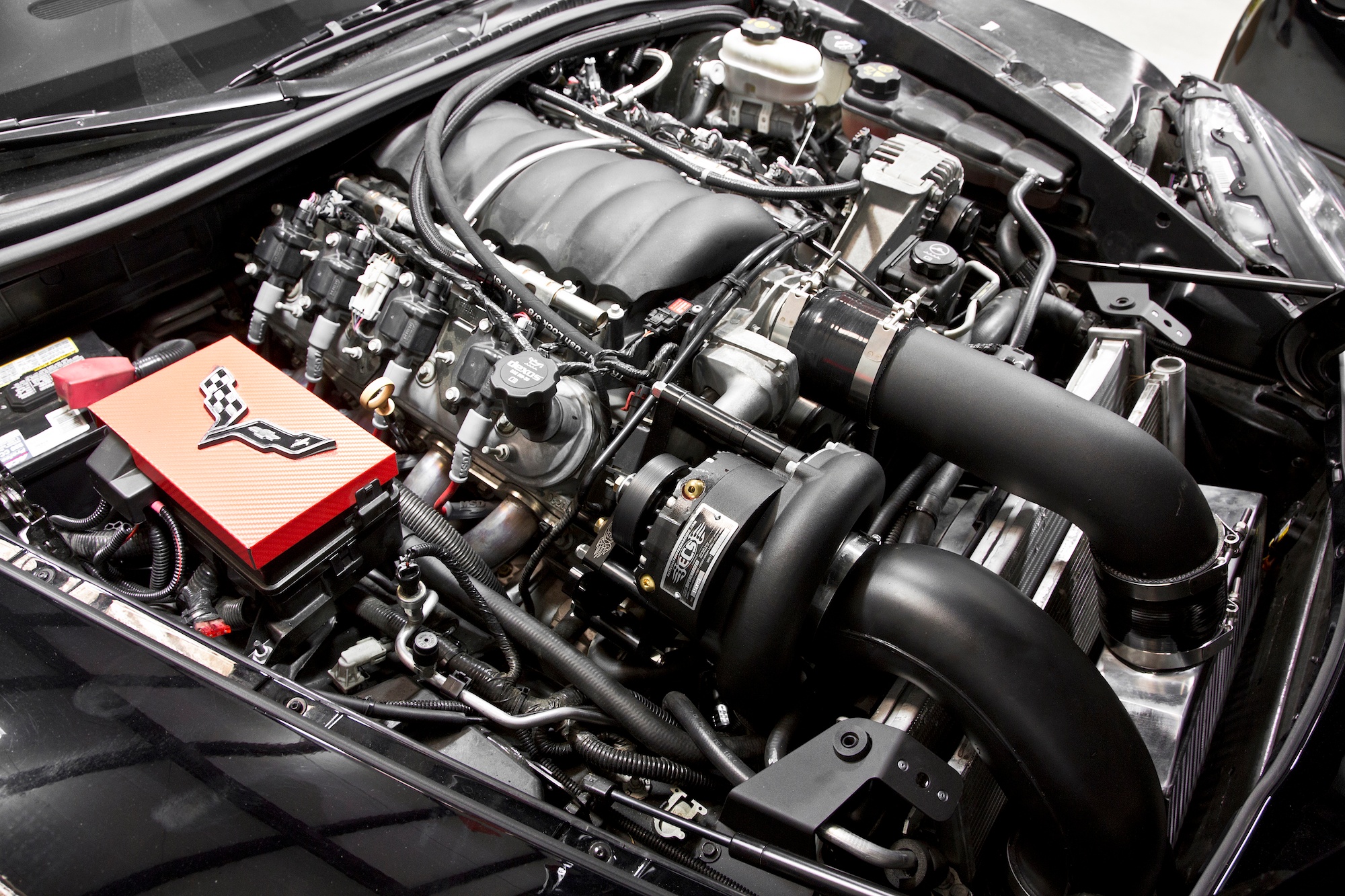
Don’t Guess, Measure
Fortunately, Innovate Motorsports’ brand new line of ethanol content gauges makes it possible to know exactly how much ethanol is in the tank at any given moment. By displaying the percentage of ethanol present in the fuel system through an easy-to-read OLED digital display, these gauges eliminate the stress of filling up with E85, then hoping that what’s coming out of the pump plays nice with your engine calibrations.
More than just a one-trick pony, Innovate’s ethanol gauges come in several configurations that measure multiple engine parameters critical to optimizing air/fuel and ignition timing maps. Innovate’s ECB-1 gauge combines ethanol content measuring capabilities with a boost sensor, wideband oxygen sensor, and a fuel temp sensor. For naturally aspirated applications, the company’s ECF-1 ethanol gauge utilizes a fuel pressure sensor in lieu of the ECB-1’s boost sensor. In either configuration, it’s like having four gauges all in one tidy 2 1/16-inch package.
(Left) Innovate’s supplied ethanol sensor also includes an integrated fuel temperature sensor. It splices into the quick-connect fittings on 3/8-inch OE fuel lines to simplify installation. (Center) Although it’s overkill for Ortega’s C6, Innovate’s four-bar MAP sensor can read up to 43.5 psi of boost. It includes a T-fitting to tap into any existing intake manifold vacuum source. (Right) Innovate built its reputation on high-quality wideband oxygen sensors for the masses, so it’s hardly surprisingly that the company offers the only 100-percent digital wideband technology on the market. The ability to regularly calibrate the sensor ensures that readings remain accurate even as exhaust deposits begin to accumulate throughout its service life.
Other bells and whistles include user-programmable warning indicators for maximum boost and low fuel pressure, a peak hold function, patented 100-percent digital wideband sensor control, and up to four analog outputs for use with data-loggers and standalone ECUs. Additionally, the ECB-1 allows adjusting boost readings to account for changes in altitude, and can also calculate a safe limit for maximum boost based on the percentage of ethanol it measures. For those that already have a multitude of gauges that report engine vitals, Innovate also offers a two-in-one MTX-D gauge that measures both ethanol content and fuel temperature.
(Left) Wiring the ECB-1 is a straightforward affair. The red wire connects to a keyed ignition source, while the black wire serves as the ground. Hooking the white wire up to a headlight power source ensures that the gauge illuminates when the headlights switch on. The yellow, brown, and orange wires provide analog outputs for the oxygen sensor, ethanol sensor and fuel temp sensors, respectively. (Right) Since vehicle interiors come in a variety of colors, both the faceplates and bezels on the ECB-1 gauge are interchangeable. Included with the kit are black and silver bezels as well as white and black faceplates.
Knowledge is Power
When the task at hand involves measuring the ethanol content of a fuel, knowledge quite literally translates to more horsepower. To illustrate this point, we tagged along as D3 Performance Engineering in Houston installed an Innovate ECB-1 gauge on customer Yasir Ortega’s supercharged 2012 Corvette Grand Sport. With 721 rear-wheel horsepower on tap courtesy of a ECS 1500 blower set to 12 psi of boost, it pushes the limits of the stock long-block. At this power level, keeping inlet air temperature and detonation in check on 93-octane pump gas is always a concern, especially in the unforgiving Texas heat.
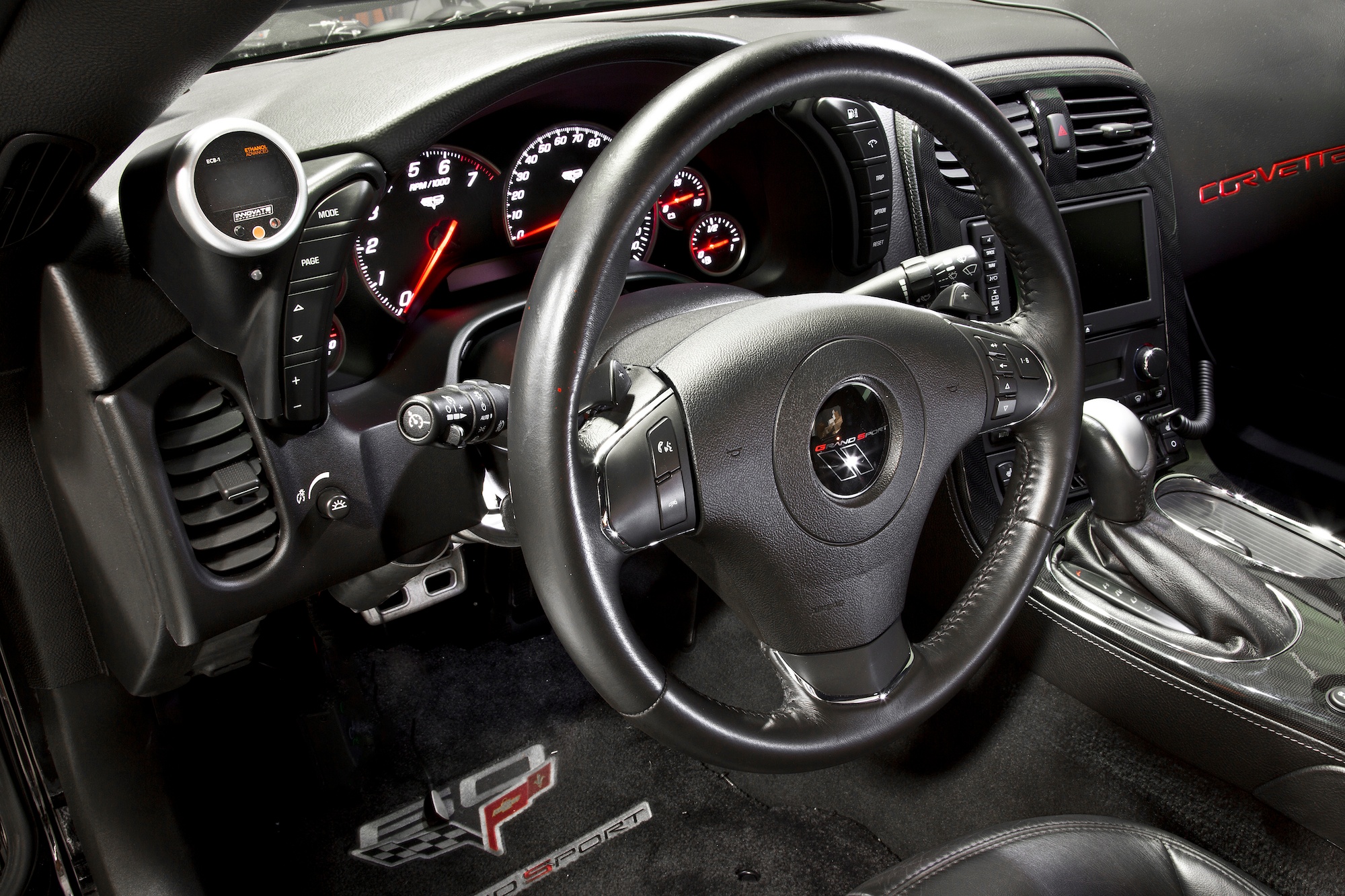
To get the most out of the supercharged combination, Ortega’s plans call for fortifying the LS3 small-block with forged internals, and converting the fuel system over to E85. While that may seem like a lot of work, the substantial hp gains make it well worth the effort. “On a 300-400 cubic inch forced-induction engine, we can run four to eight degrees of additional timing advance on E85 compared to 93-octane pump gas. That alone is good for a 100-200 horsepower increase on a combination like this,” Chris Delgado of D3 Performance explains.
Of course, these numbers assume that the E85 in the tank is close to 85 percent ethanol, but according to Delgado, that’s rarely the case. “We’ve measured pump E85 that has as little as 30 percent ethanol content. Between 30- and 60 percent ethanol, you can get progressively more aggressive with the timing advance as ethanol content increases,” he elaborates. “Beyond that, the benefits start to taper off. At 70 percent ethanol and above, the primary advantage of increased ethanol content is enhanced charge cooling.”
(Left) In order to mount the ethanol sensor within the tight confines of the Corvette’s engine compartment, D3 fabricated a custom aluminum bracket that attaches beneath the brake fluid reservoir. After connecting the factory feed line to the sensor inlet, D3 attached the sensor outlet to the fuel rail with a 90-degree -AN fitting and a quick-connect adapter. (Center) The MAP sensor should be mounted away from heat and vibration, and with the hose fitting facing downward. Since the Corvette’s inner fender was already occupied by a catch-can and therefore accessed frequently for servicing, mounting the MAP sensor next to it was a logical choice. (Right) In ensure precise readings, the oxygen sensor must be positioned at least 24 inches downstream of the exhaust ports, but before the catalytic converters and crossover pipe. To prevent exposure to moisture accumulation in the exhaust pipes, the sensor should be positioned between 9 o’clock and 3 o’clock.
Unfortunately, there are no cold, hard rules or formulas for how aggressively ignition timing can be advanced based on the percentage of ethanol content in a fuel. However, if lower ethanol content limits timing advance over pump gas to one or two degrees instead of the full seven or eight degrees that’s often possible with higher ethanol content, then dozens or even 100-plus hp is being left on the table.
And therein lies the problem. Without a way to precisely measure ethanol content, tuners are forced to settle for much more conservative timing curves. “Let’s say your car is tuned for 70 percent ethanol content, but you don’t have a flex-fuel compatible ECU. If you fill up with E85 at the pump and end up with 30 percent ethanol in the tank, then you’re going to be in some serious trouble,” Delgado explains. “Some people are willing to take more risks than others. We always warn customers about the dangers of running an engine on ethanol content that’s too low.”
The moral of the story is quite simple. For both performance and reliability, it’s always best to measure ethanol content directly, then adjust the tune accordingly.
